Last Updated on October 7, 2022 by Mary Pressler
The American Council for an Energy Efficient Economy (ACEEE) publishes periodic reports where they rank the most efficient US cities. They also have an International Energy Efficiency Scorecard for countries, and the 5th Edition was published in 2022.
The ACEEE analyzes the energy performance of buildings in four categories: national efforts, buildings, industry, and transportation. There are 36 metrics across the four categories, classified into policy metrics (23) and performance metrics (13). The maximum score is 100, with up to 60 points available from policy metrics, and up to 40 from performance metrics.
The Top 10 Countries in the 2022 International Energy Efficiency Scorecard
| Rank | Country | Score |
| 1 | France | 74.5 |
| 2 | UK | 72.5 |
| 3 | Germany & The Netherlands | 71.5 (Tied) |
| 5 | Italy | 68.5 |
| 6 | Spain | 66 |
| 7 | Japan | 63.5 |
| 8 | Taiwan | 58.5 |
| 9 | China | 57.5 |
| 10 | USA | 54 |
Analyzing and comparing the energy performance of countries is a difficult task. A direct comparison of their consumption would be misleading, for two reasons: larger populations consume more energy, and the energy consumption per capita increases as countries become more industrialized.
This is why the ACEEE analyzes energy performance across four categories, considering policy and performance metrics. The top scoring countries in each category were the following:
- National efforts: Germany and the Netherlands (18 / 25)
- Buildings: The Netherlands (22.5 / 25)
- Industry: Japan (21 / 25)
- Transportation: France (18 / 25)
France had the highest score in the 2022 Scorecard, but the Netherlands had the largest improvement (+6.5) with respect to the 4th Edition in 2018. The Netherlands also had the highest score in the buildings category, which can be attributed to their building upgrade policies, and they were tied with Germany in the national efforts category.
There were several countries with high scores, but the average score for the 25 countries considered in the analysis was only 48.5/100. This means there is still plenty of work to do when it comes to energy efficiency.
ACEEE International Energy Efficiency Scorecard: Understanding the 4 Categories
As mentioned above, countries can score 60 points for policy metrics and 40 points for performance metrics. The following table provides a breakdown of the policy metrics in all four categories, along with their point allocation.
| Category | Policy Metrics (Points Available) |
| National Efforts | Spending on energy efficiency (5 points)
Energy savings and climate goals (3 points) Tax credits and loan programs (2 points) Spending on energy efficiency research & development (2 points) Water efficiency policy (1 point) Data availability (1 point) TOTAL = 14 POINTS |
| Buildings | Appliance and equipment standards (5 points)
Residential building codes (3 points) Commercial building codes (3 points) Building retrofit policies (4 points) Building rating and disclosure (2 points) Appliance and equipment labeling (2 points) TOTAL = 19 POINTS |
| Industry | Voluntary agreements with manufacturers (4 points)
Energy management policy (3 points) Standards for motors (2 points) Mandate for energy managers (2 points) Mandatory energy audits (2 points) Investment in manufacturing research & development (2 points) CHP policy (1 point) TOTAL = 16 POINTS |
| Transportation | Fuel economy standards for light-duty vehicles (4 points)
Fuel economy standards for heavy-duty tractor trucks (3 points) Investment in rail transit versus roads (3 points) Smart freight initiatives (1 point) TOTAL = 11 POINTS |
Considering only policy metrics, the top 5 countries in the ACEEE International Scorecard are France (51/60), Germany (49/60), Italy (47/60), the UK (45.5/60) and Spain (43.5/60).
The other 40 points are allocated among performance metrics, according to the table below:
| Category | Performance Metrics (Points Available) |
| National Efforts | Reduction in energy intensity (6 points)
Efficiency of thermal power plants (3 points) Size of the energy service company (ESCO) market (2 points) TOTAL = 11 POINTS |
| Buildings | Energy intensity in residential buildings (3 points)
Energy intensity in commercial buildings (3 points) TOTAL = 6 POINTS |
| Industry | Energy intensity of the industrial sector (6 points)
Combined heat and power installed capacity (1 point) Energy intensity of agriculture (2 points) TOTAL = 9 POINTS |
| Transportation | Fuel economy of light-duty vehicles (3 points)
Electric vehicle sales share (3 points) Vehicle miles traveled per capita (3 points) Freight transport per unit of economic activity (2 points) Use of public transit (3 points) TOTAL = 14 POINTS |
Considering only performance metrics, the top 5 countries are the Netherlands (28.5/40), Taiwan (28/40), Japan and the UK tied in 3rd place (27/40), and China and France tied in 5th place (23.5/40). Performance metrics are more difficult to analyze, since they require data that is not always available. On the other hand, policy metrics can be analyzed based on regulations and government agency publications.
How the Top 10 Countries Have Achieved Their Scores
The ACEEE highlights specific actions and best practices taken by the top scoring countries, which can be used as reference for energy efficiency programs around the world:
1) France (74.5 / 100)
France has set the target of reducing its energy consumption by 20% and its greenhouse gas emissions by 37% by 2030.
France also has stringent building codes and mandatory energy usage reports for the residential and commercial sectors. There is also an ambitious retrofit program, and the country is working to renovate 500,000 dwellings per year.
France is also working to reduce its transportation emissions by 29% by 2028, investing in efficient vehicles and rail development.
2) United Kingdom (72.5 / 100)
The UK is characterized by its efficient power plants and high R&D investment in energy efficient technologies.
The UK also works to improve the efficiency of buildings with demanding codes and appliance efficiency standards, and there is a building energy labeling program.
They have also worked to decarbonize the industrial sector, and there are plans to develop a net-zero carbon cluster by 2040.
The UK has high fuel economy requirements for vehicles, targeting 64.4 MPG by 2025, and electric vehicles represent over 11% of new sales.
3) Germany (71.5 / 100)
Germany plans to reduce its primary energy consumption by 32.5% by 2030, and 50% by 2050.
Germany is working to decarbonize heating and cooling systems, which represent a major share of building consumption, and there are energy efficiency loan programs and tax credits.
There are mandatory energy performance requirements for new constructions and major renovations, and standards for 42 product categories.
There is an electricity tax for the industrial sector, which can be reduced by up to 90% by having an ISO 50,000 energy management system.
In the transportation sector, electric vehicles represent 13.5% of new sales.
3) Netherlands (71.5 / 100)
The Netherlands are targeting a 32.5% improvement in energy efficiency by 2030, with specific goals and measures for each sector, and they are increasing their R&D investment.
The Netherlands are also characterized by their stringent building codes and retrofit policies, which include specific requirements for office buildings. Energy usage reports are mandatory for residential and commercial buildings, which are subject to a rating system. There are also performance standards for 42 appliance groups.
In the transportation sector, the Netherlands offer tax incentives for electric vehicles.
5) Italy (68.5 / 100)
Italy has the target of reducing primary energy consumption by 43% and GHG emissions by 33% by 2030. They have the most efficient power plants among all countries considered in the ACEEE scorecard, and there are energy loan and tax credit programs for multiple sectors.
The Conto Termico program offers incentives for energy efficiency measures and retrofits in residential and public buildings, and there are mandatory performance requirements for renovations in residential and commercial buildings.
Italy has energy efficiency targets for the industrial sector, which are enforced with regular audits, and there is an energy efficiency certificate trading program for industrial consumers. Combined heat and power (CHP) capacity is high in Italy, and there are subsidies for low-carbon machinery.
Italy is improving its performance in the transportation sector with a 64.4 MPG target at the fleet level by 2025, combined with major investments in rail infrastructure.
6) Spain (66 / 100)
Spain is targeting a 23% reduction of GHG emissions and a 39.5% improvement in energy efficiency by 2030. Spain is characterized by high energy efficiency investment per capita, compared with many other countries in the scorecard.
In the buildings category, Spain ranks among the top three countries. Residential and commercial buildings are subject to stringent building codes, which include renovation requirements. There is also a mandatory building labeling and energy disclosure program.
Spain ranks fifth in transportation, achieving maximum scores in fuel economy standards and average fuel economy for passenger vehicles. Spain is compliant with the EU emissions reduction target for new cars, and there is high investment in rail infrastructure.
7) Japan (63.5 / 100)
Japan has stringent energy efficiency policies, which have greatly reduced its energy intensity. The country is also characterized by high R&D investment in energy efficiency, combined with multi-sector loan programs and tax incentives for energy efficiency projects.
Building owners and developers must submit a mandatory energy savings plan before any major renovation project. There is also a building energy labeling program, but participation is voluntary.
Japan is the top-ranking country in industrial energy efficiency. This has been achieved by combining regulations, voluntary efficiency programs, and financial incentives. The Act Concerning the Rational Use of Energy has energy efficiency requirements per industry sector, and companies are required to have an energy manager. Companies must also report annual energy consumption, and there is a benchmarking system with mandatory efficiency targets.
In the transportation sector, Japan has achieved an average fuel economy of 37.94 MPG, and the country is targeting 48.5 MPG by 2025. The country created the Green Logistic Partnership to improve freight efficiency, and public transportation is widely used.
8) Taiwan (58.5 / 100)
Taiwan has a low energy intensity overall, and the country has a continuous efficiency improvement goal: 2% per year. Taiwan has some of the most efficient thermal power plants in the world, and the energy service company (ESCO) market is very large as a share of GDP.
Taiwan’s buildings are characterized by their low energy use intensity, and there are minimum energy performance standards for 15 appliance groups.
Taiwan has many policies with the specific goal of improving industrial energy efficiency, and local companies have achieved a low energy intensity. Companies are also subject to mandatory energy audits, and they are required to have an energy manager. The country is also characterized by widespread use of combined heat and power (CHP) in the industrial sector.
9) China (57.5 / 100)
China has been reducing its energy intensity in recent years, and there are mandatory efficiency targets for energy-intensive organizations. China also has the largest ESCO market in the world, which is widely supported by the government.
China ranks 5th in building energy efficiency policy: There are stringent building codes for commercial and residential buildings, energy performance standards for 40 product categories, and mandatory energy labeling for specific building types.
China also has a high transportation efficiency, ranking 6th. There is a fuel economy target of 57.9 MPG for passenger vehicles by 2025, and also a standard for heavy-duty vehicles, targeting 28% fuel savings by 2025.
China has the world’s highest percentage of trips taken in public transit. The annual miles traveled per passenger vehicle per capita are very low.
10) USA (54 / 100)
The US makes major investments in energy efficiency programs and related R&D, while offering tax incentives and low-interest loans across multiple sectors. The US has also taken the lead in energy data reporting, thanks to the efforts of the Energy Information Administration (EIA). The EIA website provides detailed information about energy generation and consumption, by state and by sector.
The US ranks 8th in building efficiency. There are mandatory appliance and equipment standards that cover 50 more than product categories, and building retrofit codes for the residential and commercial sectors. Many states have stringent building codes that are updated regularly, providing technical resources and training to ensure proper implementation.
Although the US has average performance in the industrial category, the country is characterized by its stringent efficiency standards for motors. There is also significant investment in manufacturing R&D.
Breaking Down the Top 10 Scores
We have already reviewed the total scores obtained by the top 10 most energy efficient countries. However, the ACEEE also provides a breakdown by category:
| Country | National Efforts | Buildings | Industry | Transportation |
| 1) France | 17.5 | 21 | 18 | 18 (1st Place) |
| 2) UK | 15.5 | 19.5 | 20.5 | 17 |
| 3) Germany | 18 (1st Place) | 20 | 19.5 | 14 |
| 4) Netherlands | 18 (1st Place) | 22.5 (1st Place) | 15 | 16 |
| 5) Italy | 17 | 17 | 18.5 | 16 |
| 6) Spain | 14.5 | 20.5 | 16 | 15 |
| 7) Japan | 17.5 | 13.5 | 21 (1st Place) | 11.5 |
| 8) Taiwan | 17.5 | 14.5 | 16 | 10.5 |
| 9) China | 14 | 19.5 | 9.5 | 14.5 |
| 10) USA | 16.5 | 17 | 12 | 8.5 |
Leave a Reply
Want to join the discussion?Feel free to contribute!

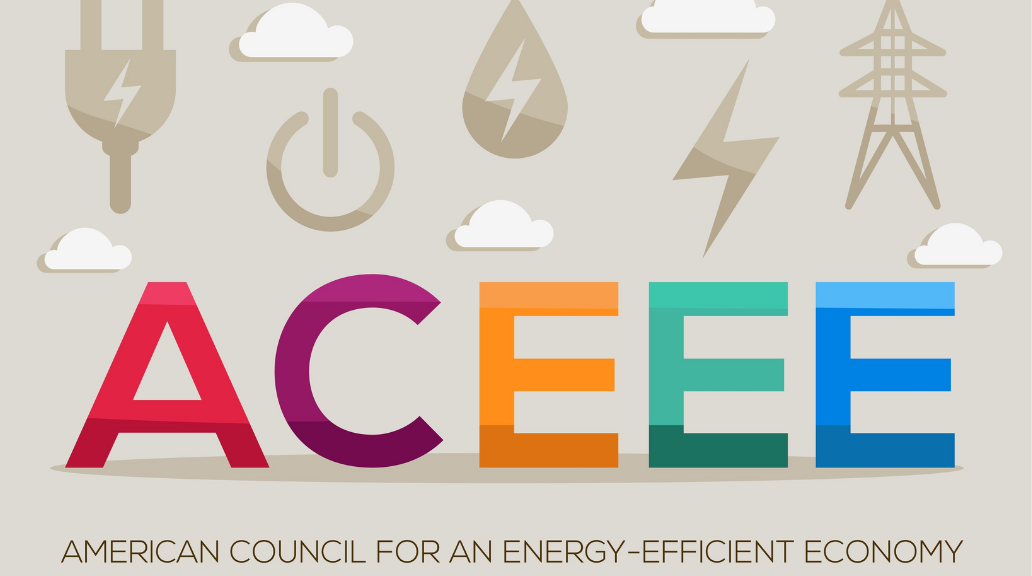
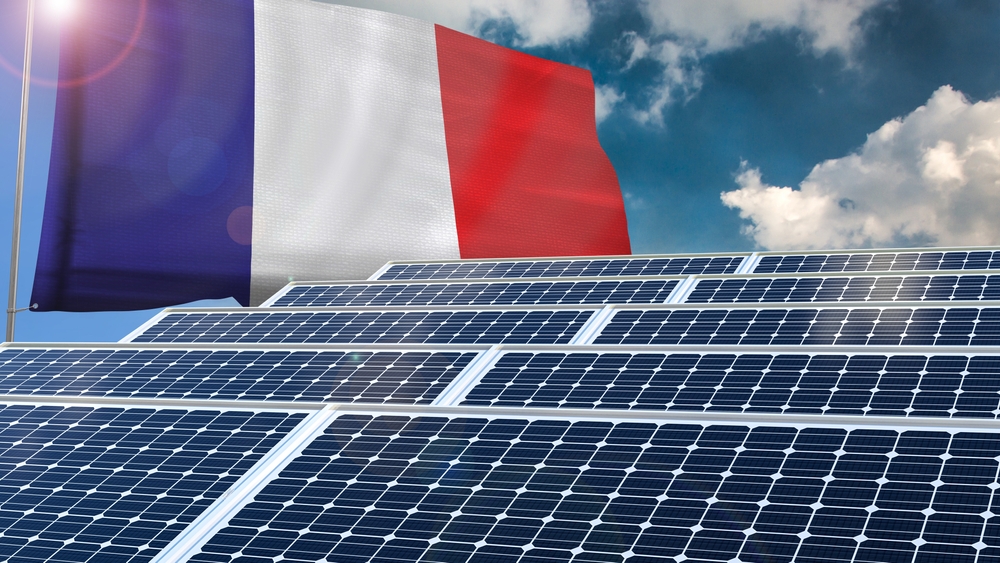
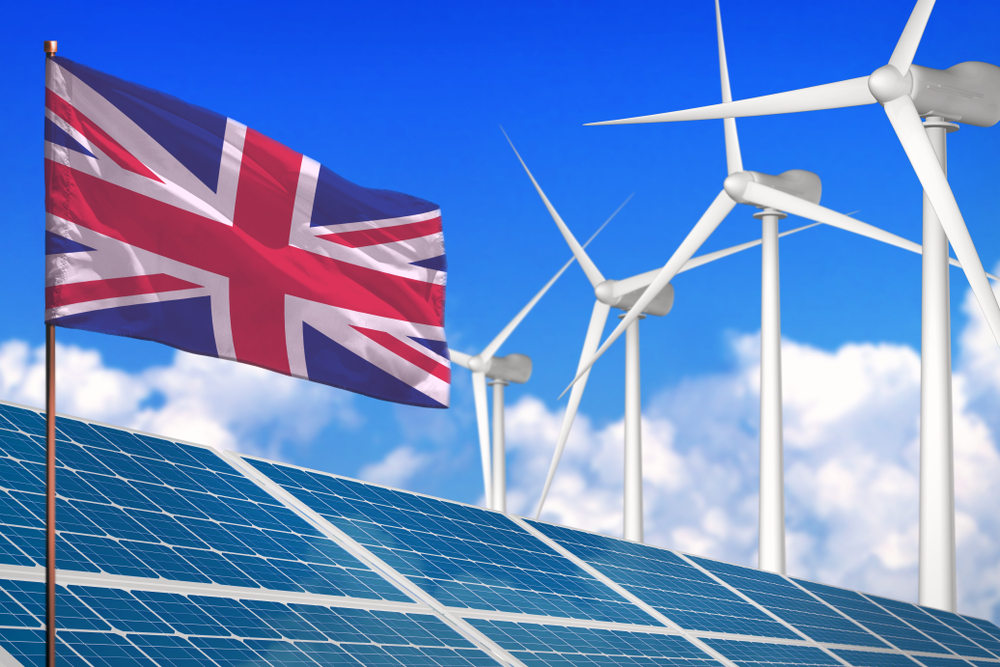


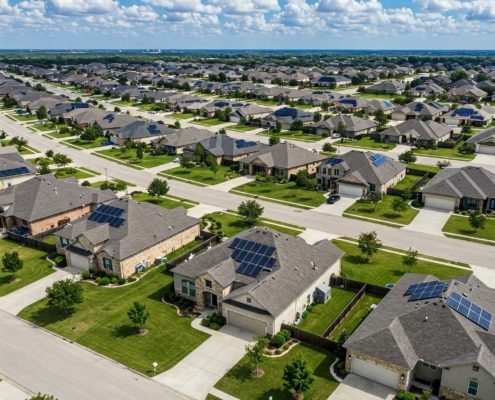


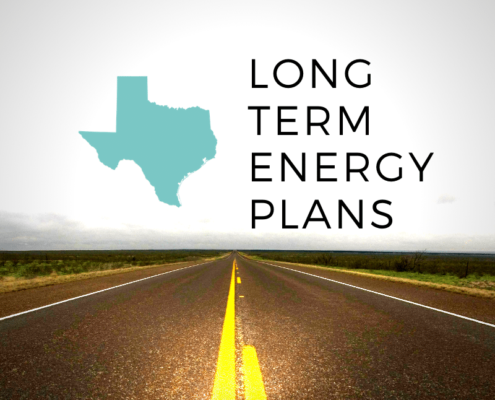



How many countries were studied to build these conclusions? Is it only the big (rich) countries that can be found all over the news?
I can’t speak for other countries, but Japan, especially in winter, is highly inefficient in the use of energy. Running the air-conditioner in drafty houses lacking insulation. Running the air-conditioner in drafty schools while keeping all the windows open.
Meanwhile the high use of plastics in terms of plastic bottles being sold by the hundreds everywhere in the country coupled with the high preference for individually packaged everything, makes it a country where the energy in use is not efficient. They had to make all of these plastics, emitting hazardous materials into the air. Then they have to burn or recycle the plastics.
I guess what contributes to the ‘energy efficiency’ in this article is that plastics (including plastic bottles) are incinerated and the energy gained from that is used as an electricity source in cities. But is it clean energy?